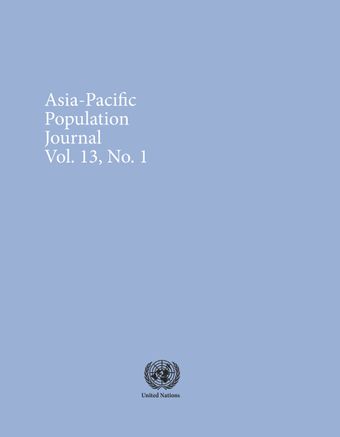-
Contraception among limiters and spacers in Matlab, Bangladesh
- Source: Asia-Pacific Population Journal, Volume 13, Issue 1, Feb 1998, p. 1 - 8
-
- 07 Feb 1998
- Previous Article
- Table of Contents
- Next Article
Abstract
One of the purposes of family planning programmes in developing countries is to provide for the unmet needs of couples for contraception. In KAP (knowledge, attitude and practice) surveys, a large proportion of women usually state that, even though they want no more children, they are not using contraception. Under such circumstances, it is usually assumed that, if contraceptive methods were to be made easily available to them, many women with unmet needs for contraception would adopt those methods. In reality, however, this does not always happen. Nevertheless, in many East Asian countries, following the introduction of family planning programmes, fertility has reached the replacement level. The fertility transition is under way in some Asian countries, but it has yet to begin in others (Caldwell, 1993). In fact, such variations in fertility, despite the wide-spread availability of contraceptive methods, raises the issue of whether existing family planning services need to be modified.





